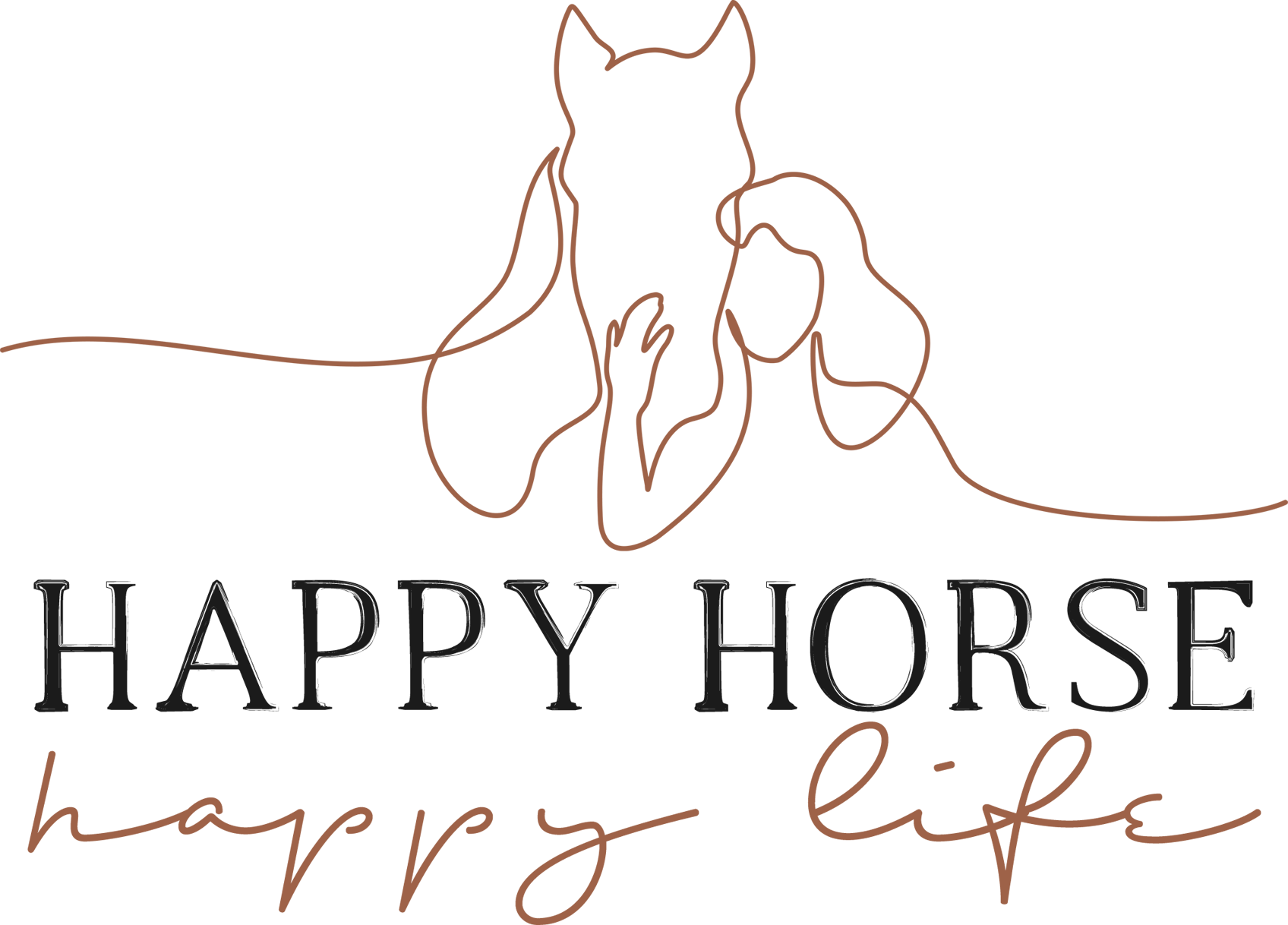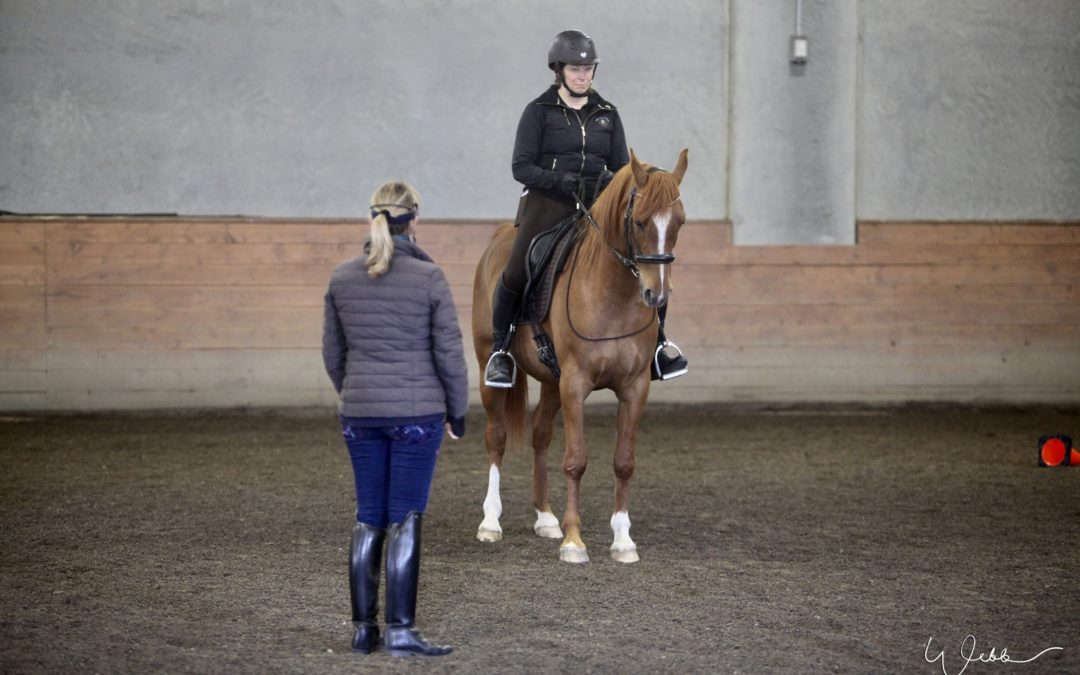My earlier athletic life existed in the “suck and tuck”, “no pain, no gain” idea of moving my body. If you wanted to attain and develop a skill, you were instructed to push through the pain and make it happen. The result of training this way as a Dancer, Gymnast, Long Distance Runner and Equestrian for years, eventually led to pain and decreased movement throughout my body. {Think} expanding industry of athletic therapists and rehabilitation specialists. I thought my pain was a result of me not training well enough, long enough, hard enough or lack of stretching when in reality I created the problem by pushing my body too hard and not respecting its natural boundaries.
Training should evolve in increments where physical, mental and emotional thresholds are expanded gently. Create, don’t make.
What do I mean by overachieving? When learning or exploring an equestrian movement concept feels difficult to the student, a sense of defeat or unworthiness can emerge. This feeling can cause many people to give up or cause a determined person to overachieve, try harder, dig in and then force the movement. For the determined rider, this often results in clamped legs, shortened legs, a tight, pushing seat and difficulty finding breath. A person who is a “pleaser” or whose ego causes them to not want to “look awkward” in front of others can also find themselves immersed in this “tension trap”.
Instead of being hard on yourself, give the gift of compassion.
Why does being kind to yourself and your horse feel like giving up? Many Equestrians, my past self included, tighten their midsection and clamp their pelvis and legs to create what they think is the “ideal” rider position for performance. When they huff and puff from the exertion, it is often determined that the rider isn’t fit enough and needs to exercise more, off the horse. The ironic result is that the horse, feeling the tension in the rider, moves slower and slower often causing the rider to push harder and harder, “more leg!” and the cycle continues. This “tension trap” causes any movement to look stiff and unnatural.
Beautiful Riding is not just for experts!
When an equestrian can achieve harmony and partnership with the horse’s body and mind at whatever skill level they are in, the result is appealing to all.
- Expand your body for stability – Instead of clenching and grabbing with your body, learn to expand from the inside out for a feeling of stability and lightness that is kind to you and your horse. I teach this to my students with a method called “Integral Movement for Equestrians”.
- Don’t push through pain – Pain in your body is a sign of tension building in your fascia. If you continually push through fascial tension, restrictions will form causing pain and reducing your range of movement. Basically, your body is signaling to you to STOP IT! When you ignore this signal enough, your next result will be injury or chronic pain.
- Does the movement or exercise you are trying to achieve serve you and your horse? – Think about your goals and be realistic and considerate of the physical capabilities of you and your horse at this time, within this moment. Also, if the movement or exercise causes pain, this does not serve or help you to attain your future goals. “Pain, No Gain” – Lisa Babiuk
- Notice, be in the moment – Pay attention to what you can do well with your horse and be patient with what you are learning next. When you make “being in the moment” with your horse a priority, you are in an awareness state that will allow you to perceive the subtle changes needed for advancement. Horses appreciate this connection.
- Increments for development – Learn new skills for yourself and your horse by isolating the pieces and then putting them back together. If this new skill falls apart, work on the pieces again and be patient and curious in your journey. The skill will come when you and your horse are ready.
- Rest – Take lots of breaks to absorb the effects of what you were trying to do with your horse. Consider how the quality of the movement felt to both of you and make adjustments in your plan as needed. If you push past the apex of what you are working on, tension will rise and the movement will become depleted. Focus on leaving the exercise right there at the apex of this day and pick it up again another time or another day.
- Focus on improvement instead of perfection – “Better than when you started” is all you need.
When you are connected, kind, realistic and patient with your journey, you will reach the fullest expression of yourself and your horse. Good movement is medicine.

